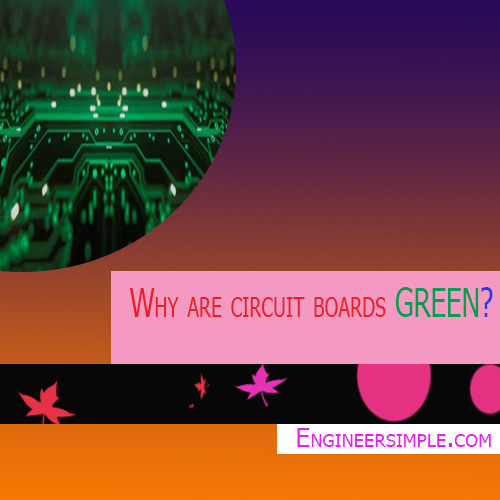Field Emission & Secondary Emission
Field Emission
The process of electron emission by the application of strong electric field at the surface of a
metal is known as field emission.
When a metal surface is placed close to a high voltage conductor which is
positive w.r.t the metal surface, the electric field exerts attractive force on the free
electrons in the metal. If the positive Field Emission & Secondary Emission potential is treating enough, it succeeds in
overcoming the restraining forces of the metal surface and the free electrons will be
emitted from the metal surface as shown in Fig.1.
Very intense electric field is require reproduce field emission . Usually, a voltage
of the order of a million volts per centimeter distance between the emitting surface and
the positive conductor is necessary to cause field emission. Field emission can be
obtained at temperatures much lower (e.g. room temperature) than required for
thermionic emission and, therefore, it is also sometimes call cold cathode emission or
auto- electronic emission.

Secondary Emission
Electron emission from a metallic surface by the bombardment of high-speed electrons
or other particles is know as secondary emission.
When high-speed electrons suddenly strike a metallic surface, they may give
some or all of their kinetic energy to the free electrons in the metal. If the energy of the
striking electrons is sufficient, it may cause Field Emission & Secondary Emission free electrons to escape from the metal
surface. This phenomenon is call secondary emission. The electrons that strike the
metal are call primary electrons while the emitted electrons are know as secondary
electrons. The intensity of secondary emission depends upon the emitter material, mass
and energy of the bombarding particles.

The principle of secondary emission is illustrate in Fig. 2 An evacuated glass
envelope contains an emitting surface E, the collecting anode A and a source of primary
electrons S. The anode is maintain at positive potential W.r.t. the emitting surface by
battery B . When the primary electrons strike the emitting surface E, they knock out

.png)




.png)